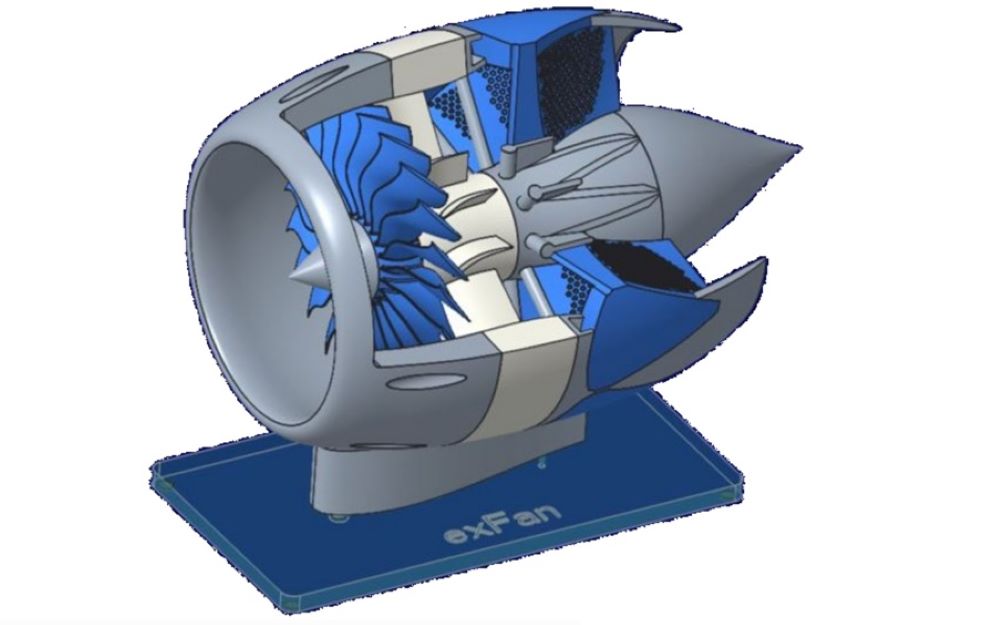Innovative Cooling Solution for Hydrogen-Electric Propulsion Challenges
Key Ideas
- Hydrogen-electric propulsion faces challenges in cooling fuel cells, crucial for powering large aircraft.
- Efficiency comparison shows fuel cells outperform turbine engines, creating demand for effective cooling solutions.
- Vienna University of Technology develops a hydrogen-electric geared fan with swept heat exchangers for improved cooling efficiency.
- The advancement in cooling technology is a significant step towards enabling hydrogen-electric propulsion for aviation applications.
One of the key hurdles in adopting hydrogen-electric propulsion for aircraft is effectively cooling the fuel cells. While fuel cells offer higher efficiency compared to traditional turbine engines, the need for cooling at the multi-megawatt scale required for powering large aircraft remains a challenge. In a recent development, Vienna University of Technology has introduced an innovative solution by integrating swept heat exchangers into a hydrogen-electric geared fan. This technology aims to enhance the cooling process in the fan discharge flow, ensuring efficient operation of the fuel cells. The comparison of fuel cells' efficiency at 50-60% to turbine engines at 30-40% highlights the potential of fuel cells in aviation, further emphasizing the importance of developing effective cooling mechanisms. The implementation of this advanced cooling system signifies a significant advancement in the journey towards utilizing hydrogen-electric propulsion for commercial aviation. By addressing the critical issue of cooling, this technology brings the aviation industry a step closer to harnessing the benefits of hydrogen as a clean energy source for powering aircraft.
